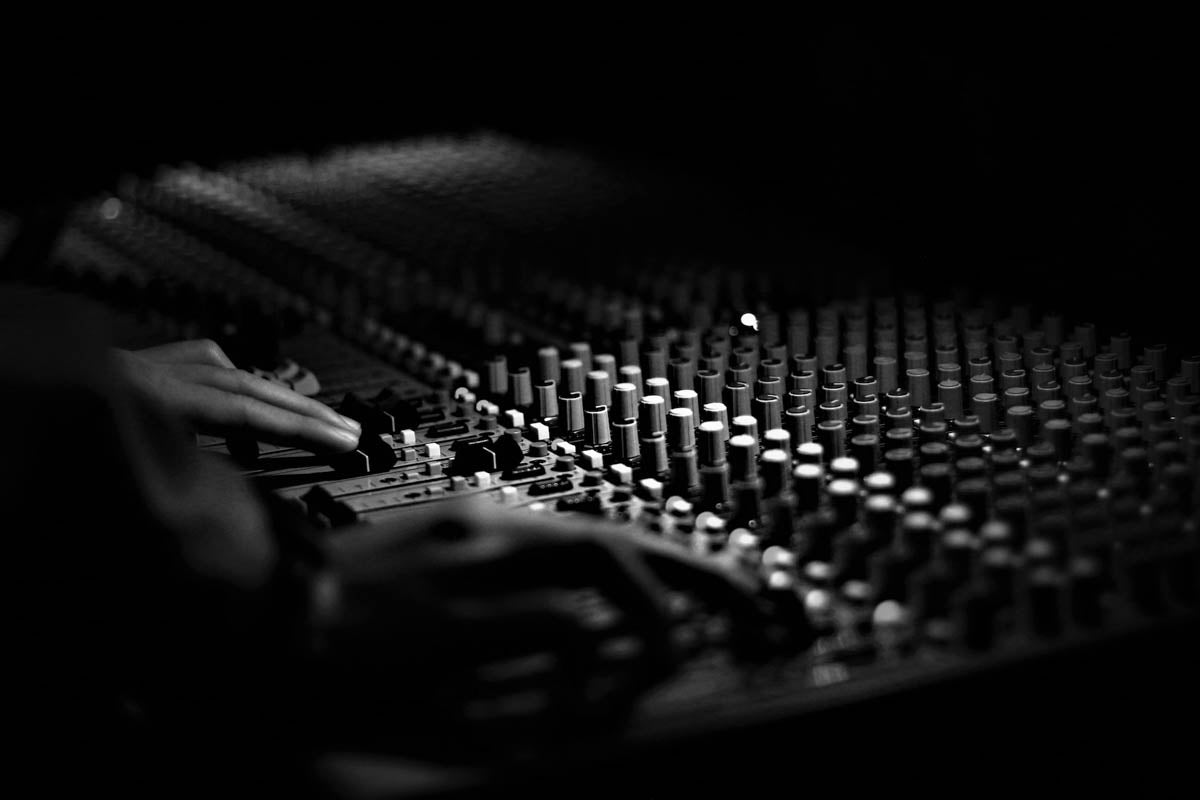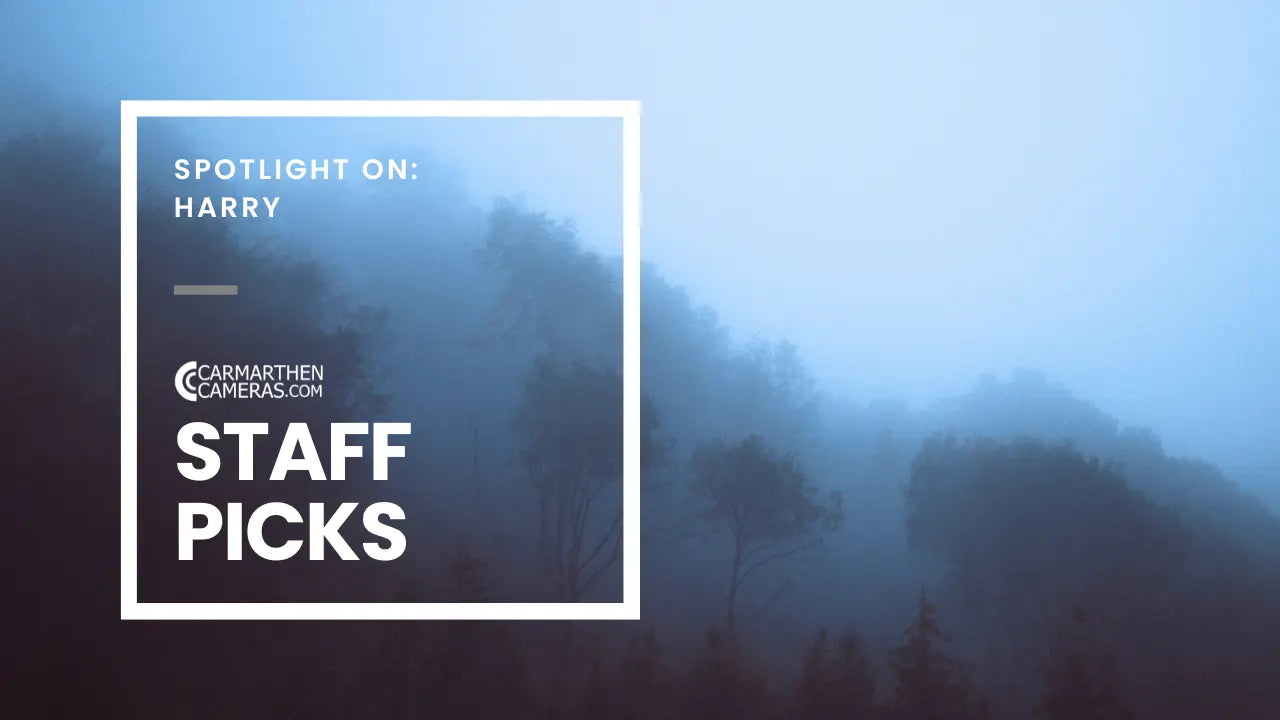Concert photography is an electrifying art form that captures the raw energy of live performances, the connection between artists and their audience, and the magic of a moment. Whether you’re a music lover, a budding photographer, or both, diving into this genre can be both thrilling and challenging. Here’s a guide to help you hit the right notes in concert photography.

1. Get the Right Gear
Concert environments are unpredictable, so your equipment matters:
- Camera: A DSLR or mirrorless camera with good low-light performance is essential. Models like the Canon EOS R6 or Sony a7 III handle dim venues exceptionally well.
- Lenses: Fast prime lenses (e.g., 50mm f/1.8 or 85mm f/1.4) and versatile zooms (e.g., 24-70mm f/2.8) are your best allies. The wide aperture allows more light, crucial for dark stages.
- Accessories: Bring extra batteries, memory cards, and a lens cleaning cloth to prepare for long, dynamic shoots.

2. Know the Rules and Secure Access
Most concerts require a press pass for professional photography, especially in larger venues. To get access:
- Contact the Band or Promoter: Reach out with a portfolio showcasing your work, even if it’s non-concert photography.
- Start Small: Local gigs or open mic nights are often more accessible and great for building experience.
- Follow Venue Rules: Each location may have restrictions on where you can stand or how long you can shoot.

3. Master Low-Light Photography
Concerts often feature challenging lighting, from dim stages to fast-changing spotlights. Key tips:
- Increase ISO: Use a higher ISO (e.g., 1600–6400) to let in more light without compromising shutter speed.
- Open Your Aperture: Shoot wide open (e.g., f/1.8 or f/2.8) to maximise light intake and create creamy bokeh.
- Set a Fast Shutter Speed: Aim for 1/250 or faster to freeze motion, especially with energetic performers.

4. Capture the Emotion
Concerts are brimming with emotion—from a guitarist’s intense solo to a crowd’s collective cheer. Look for:
- Expressions: Focus on the artist’s face, gestures, or body language that tell a story.
- Candid Moments: Shots of band members interacting or the audience’s reactions can be just as impactful as on-stage action.

5. Play with Composition
Strong composition helps convey the drama and energy of a performance. Try these techniques:
- Rule of Thirds: Position the artist off-centre for a balanced frame.
- Silhouettes: Use stage lighting to create striking silhouettes against backdrops.
- Wide Shots: Capture the scale of the event by including the crowd, stage, and lighting in one frame.
- Close-Ups: Zoom in on instruments, hands strumming guitars, or details like tattoos and microphones for intimacy.

6. Embrace the Lighting Effects
Concert lighting is part of the performance—use it to your advantage:
- Spotlights and Flares: Incorporate beams of light or lens flares for dynamic shots.
- Coloured Lights: Work with vibrant hues, but be cautious of over-saturation.
- Smoke Machines: Add atmosphere by using the haze to diffuse light and create dreamy effects.

7. Keep Moving
Concert photography is active—don’t stick to one spot. Move around (within venue rules) to find interesting angles:
- From the Pit: Get dramatic close-ups and eye-level shots of the performers.
- From the Crowd: Capture the energy of fans and their connection to the music.
- From Above: Look for balconies or risers for a bird’s-eye view.
8. Respect the Artists and Audience
While capturing the show, remember you’re part of a shared experience. Be mindful:
- Avoid Using Flash: Flash disrupts the performers and the audience’s experience. Stick to available light.
- Stay Out of the Way: Be discreet, especially in small venues, and avoid blocking views.
9. Post-Processing: Enhance, Don’t Overdo
Editing can elevate your photos, but keep it authentic:
- Adjust Exposure and Contrast: Bring out details lost in shadows without overexposing highlights.
- Tweak Colours: Correct white balance to neutralise strong stage lighting, but retain the mood of the scene.
- Crop Thoughtfully: Frame your shots in post to emphasise key elements.
10. Practise and Find Your Style
Every concert is unique, and the more you shoot, the more you’ll develop your style. Experiment with:
- Genres: Different genres offer varied atmospheres, from the intensity of rock to the intimacy of acoustic sets.
- Venues: Big festivals and small clubs provide contrasting challenges and opportunities.
Conclusion
Concert photography is about more than capturing the performers—it’s about immortalising the energy, emotion, and spectacle of live music. With the right gear, techniques, and passion, you can create images that let viewers feel the bass, hear the cheers, and relive the moment. So grab your camera, get into the groove, and start shooting!























